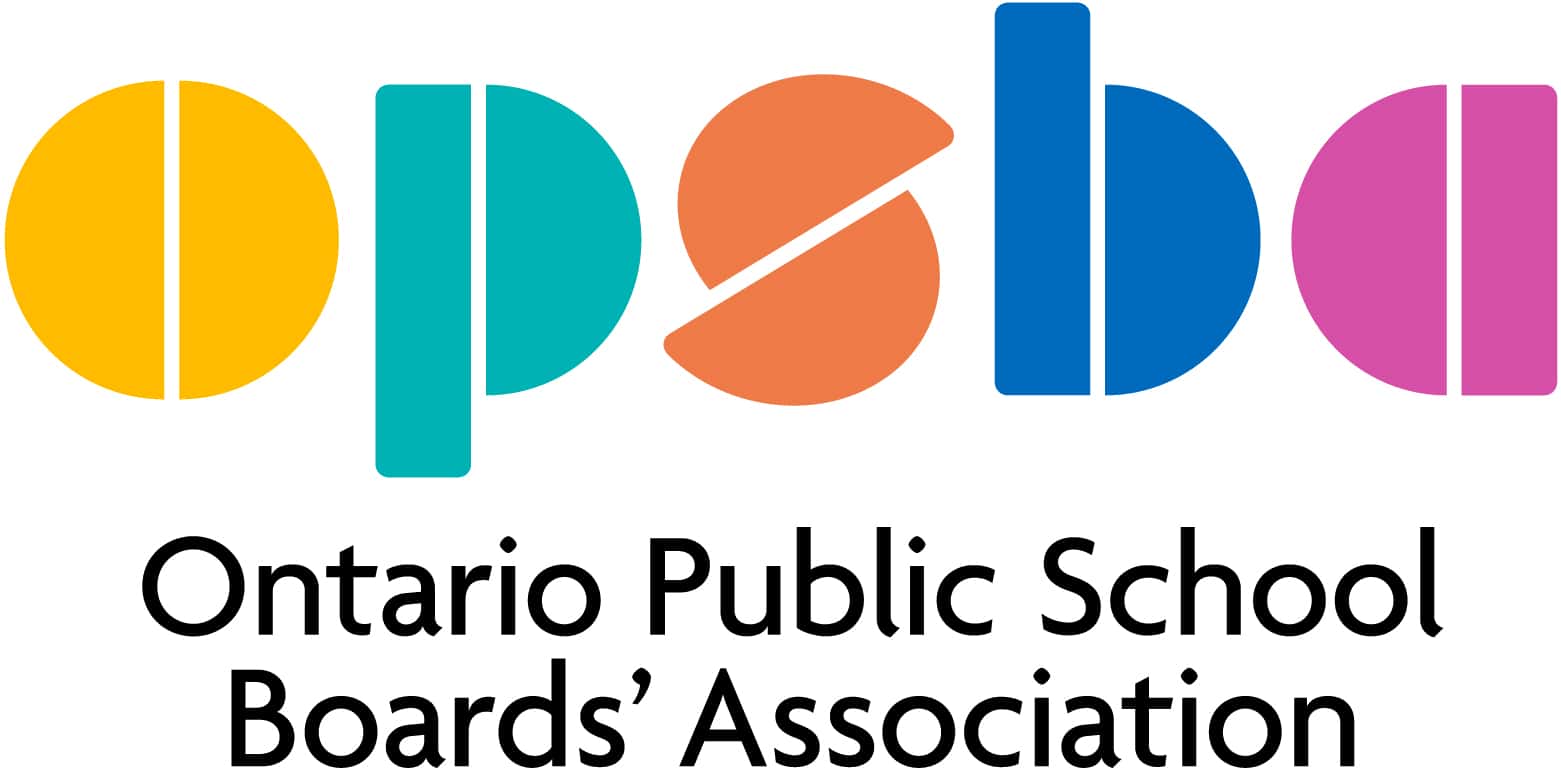
Toronto, ON, March 15, 2019 – All students in Ontario deserve a strong publicly funded education system and school boards have a legislative responsibility for student achievement and well-being.
Today’s announcements covered a number of areas, the most concerning of which is the dramatic proposed increase to secondary class size. OPSBA is at the same time pleased that some aspects in today’s announcement reflect feedback proposed in our consultation submission, and leaves the door open for additional discussion.
The increase of the average class size in secondary from 22 to 28 students is dramatic and of significant concern. It’s too early to know the board-by-board impact but operationally, it clearly will be a challenge and teachers will be displaced. The government’s decision to maintain class sizes in JK to grade 3 is appreciated, however, the flexibility offered by class averages versus capped class sizes is our preferred option.
We support the proposed changes to Regulation 274 to improve hiring practices. The proposed changes would give school boards the flexibility, as the employer, to hire staff in a fair and equitable way that reflects the diverse needs of a school community. It will also improve a teacher’s ability to seek positions at different boards and teacher continuity in the classroom. “As an education sector partner, we have been advocating for changes for a long time,” said OPSBA President Cathy Abraham. “School boards must be responsive at the local level in order to ensure a high quality of teaching and learning in the classroom based on the best interests of all students.”
OPSBA strongly supported the release of the new Health and Physical Education curriculum in 2015, which reflected health, safety and well-being realities faced by today’s students. The updates, at the time, included healthy relationships, consent, mental health, online safety and the risks of “sexting”. The announcement today maintains the 2015 curriculum updates for the most part, which reflect the principles of equity, social justice and inclusion and recognize Ontario’s growing and diverse population. The delay in introducing certain topics such as gender identity could impact the self-esteem and well-being of students. In Health and Physical Education, as in all aspects of education, OPSBA highly values parents as partners in education and encourages parents to be actively involved.
We look forward to seeing the new 9-12 curriculum on Indigenous education. The OPSBA Indigenous Trustees’ Council will no doubt provide highly valuable input and perspective to this revised curriculum.
We share the government’s commitment to preparing students for future jobs/careers in an increasingly competitive global economy and equipping them with the skills they need to succeed, including a focus on Science, Technology, Engineering and Math. OPSBA continues to recommend that the Arts be recognized and valued as part of a well-rounded curriculum for all students.
Skilled trades has been a focus in our secondary schools for a number of years through OYAP, Specialist High Skills Majors and Dual Credit programs. The government’s proposal to increase student and parent exposure to the range of opportunities offered through the skilled trades, as well as co-op placement, and partnerships reflects many of the recommendations offered in our consultation submission.
Improving achievement in mathematics is complex and requires a multi-pronged approach.
Our Education Program Work Team looks forward to continuing to provide input on the revised mathematics curriculum over the next four years. We also look forward to continued engagement and understanding of the details on a modernization of EQAO which seems to be responsive to considerations put forth in our 2016 discussion paper on EQAO.
As education partners, we share a deep sense of pride in our public education system which is world-renowned. OPSBA recognizes the provincial fiscal reality and the government’s commitment to addressing it. We will continue to seek every opportunity to consult with the government on the potential impacts of any changes to public education and to help find solutions that maximize the opportunities for each and every student in our care.


